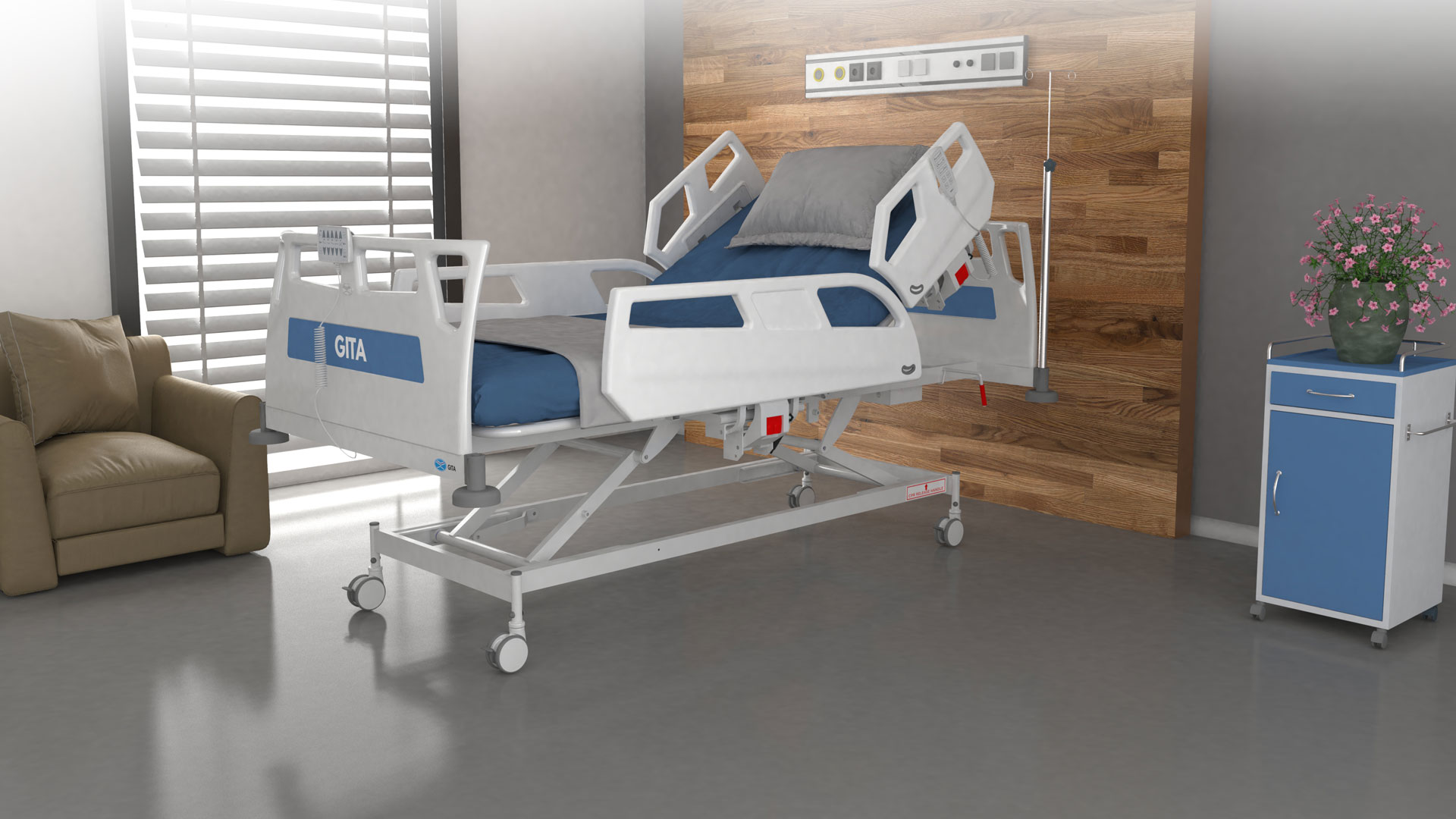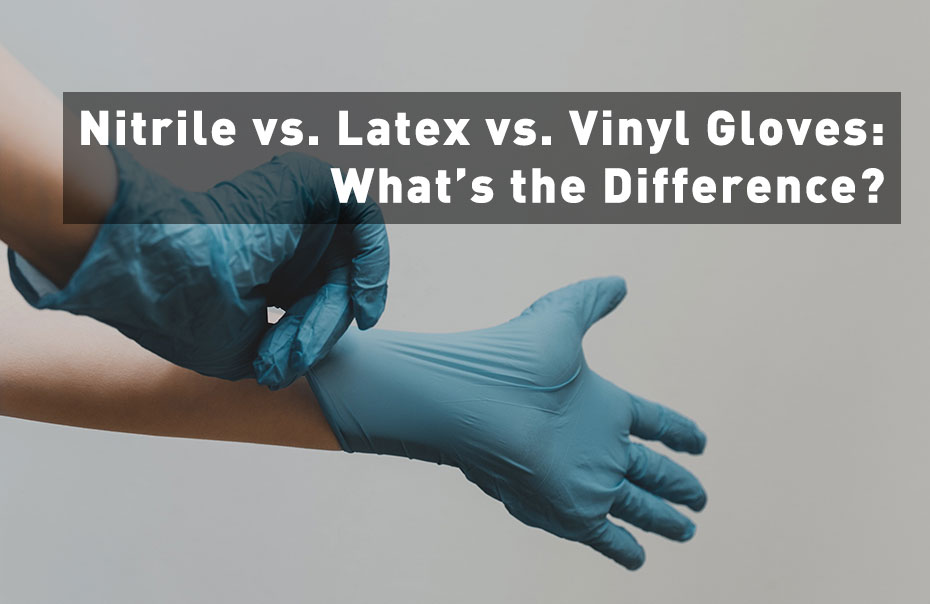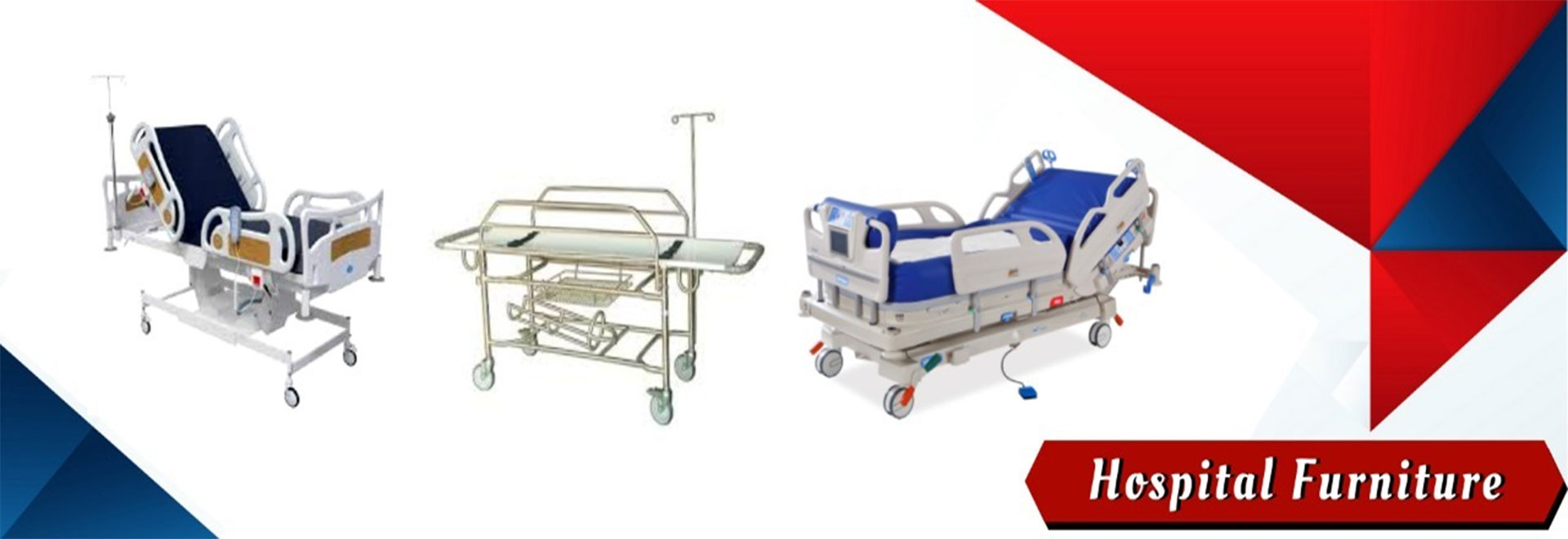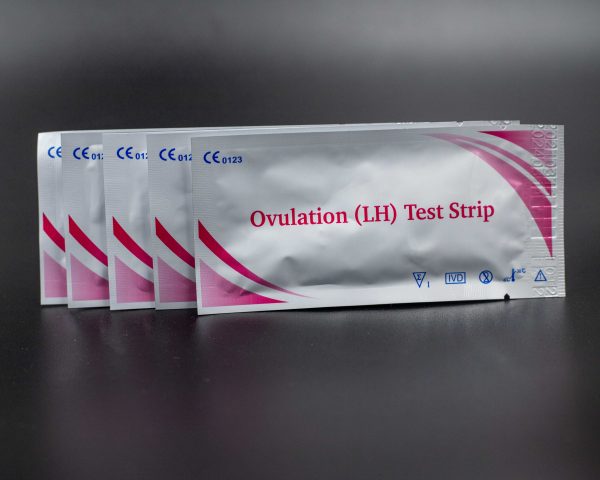Category

Popular Products
-
 Goniometer
Goniometer
KSh 2,200.00Original price was: KSh 2,200.00.KSh 2,100.00Current price is: KSh 2,100.00. -
 Drip Stand
Drip Stand
KSh 5,200.00Original price was: KSh 5,200.00.KSh 4,500.00Current price is: KSh 4,500.00. -
 Sodium Alginate Extrapure 250g
Sodium Alginate Extrapure 250g
KSh 19,500.00Original price was: KSh 19,500.00.KSh 15,950.00Current price is: KSh 15,950.00. -
 Biohazard Box 5ltrs
Biohazard Box 5ltrs
KSh 300.00Original price was: KSh 300.00.KSh 250.00Current price is: KSh 250.00. -
 96-Well Tissue Culture Plate - Individually Wrapped, with Lid,Flat Bottom Wells(Pack of 10)
96-Well Tissue Culture Plate - Individually Wrapped, with Lid,Flat Bottom Wells(Pack of 10)
KSh 8,000.00Original price was: KSh 8,000.00.KSh 7,000.00Current price is: KSh 7,000.00.
Latest News









On Sale Products
-
 CBR swell Tripod
CBR swell Tripod
KSh 35,000.00Original price was: KSh 35,000.00.KSh 32,000.00Current price is: KSh 32,000.00. -
 Sodium Alginate Extrapure 250g
Sodium Alginate Extrapure 250g
KSh 19,500.00Original price was: KSh 19,500.00.KSh 15,950.00Current price is: KSh 15,950.00. -
 FOIF RTS102 Total Station Complete
FOIF RTS102 Total Station Complete
KSh 680,000.00Original price was: KSh 680,000.00.KSh 650,000.00Current price is: KSh 650,000.00. -
 Biospy Needle
Biospy Needle
KSh 3,800.00Original price was: KSh 3,800.00.KSh 3,500.00Current price is: KSh 3,500.00. -
 Biohazard Box 5ltrs
Biohazard Box 5ltrs
KSh 300.00Original price was: KSh 300.00.KSh 250.00Current price is: KSh 250.00.


Every medical facility in Kenya understands the vital importance that medical stretchers have in the healthcare profession. No matter what your patient transportation needs may be, there is a medical stretcher in our inventory that will suit the needs of your facility and the needs of your patients.
Medical stretchers have been used as transport devices since antiquity. They served the same purpose then as they do now: to expedite the safe and secure movement of casualties and injured people from one place to another. Before the modern stretcher was innovated, stretchers were nothing more than a basic litter and in some cases, they’re still referred to by that name. Though there is no historical record as to when the stretcher came into use, it is evidenced that stretchers were used in battlefields and emergency situations, such as fires and natural disasters, where rough terrain inhibited the transport of casualties by wheeled vehicles. They have always been used to protect the wounded from further injury during transportation and to ease the load-bearing burden on the people carrying the wounded to a relief area. Without the use of a stretcher or litter, people had no other option than to carry the wounded themselves or load them onto a beast of burden.
The modern medical stretcher has wheels, making the transport of patients much easier, regardless of the environment. The stretchers in use today are basically a type of hospital gurney, or a narrow bed, on a wheeled metal frame that is usually adjustable in height. Most models are typically collapsible as well. They may also have straps or tie-downs that are used to secure the patient to the stretcher in an attempt to prevent the patient from moving and aggravating any injuries. The key value of the stretcher is to prevent further injury and facilitate safe movement of the patient onto a fixed hospital bed or examination table in the surgical ward, emergency room, labor and delivery, or wherever the patient needs to go. In fact, without the use of a dependable medical stretcher, the potential for injury to both patient and caregiver is dynamically increased during patient transport. Every stretcher in our inventory is built to the strictest standards in the industry, incorporating steel construction, superior welding, and designs that combine sturdiness, ease of motion, as well as comfort for the patient.
What should I look for when buying a hospital stretcher in Kenya?
For over 15 years, labsoko has been a source for leading brands of hospital stretchers in Kenya. Our team of customer service experts is often asked, “What should I be looking for when shopping for a hospital stretcher?”:
- Type of stretcher: Are you looking for a transport or procedural stretcher? You will want to make sure you choose the correct type for such a large capital equipment purchase.
- Features: Keep in mind the type of facility and patient the stretcher will be used for in order to select an adequate stretcher. This includes features and capacity of the stretcher for the patient as well as the caregiver.
- Accessories: If you require certain accessories such as IV poles or O2 bottle holders, look for these accessories options to provide a better patient care experience.
What types of hospital stretchers are there?
Like medical specialties, the types of stretchers will vary depending on the intended use. Stretchers can range from transport, surgery, emergency, stretcher chairs, and many more. Each medical specialty and procedure has its dedicated type of stretcher to provide the best patient care.
Hospital stretchers, also known as gurneys, fall under three basic categories:
- Transport: Stretchers designed specifically for the transport of patients between departments.
- Procedural: These stretchers will be specially designed to be capable of handling a medical procedure.
- Specialty: A specialty stretcher can be for transport, procedures, or both. These stretchers are designed for specialty medical departments such as OB/GYN, radiology, pediatrics, etc.
Now that you know How to Choose a Hospital Stretcher, we’ll go over transport, procedural, and specialty stretchers to narrow your search. In this blog, we’ll focus on hospital stretchers and disregard ambulance cots and gurneys that are used in emergency (EMS) settings.
Related
Written by labsoko

Testimonials

Mount Everest Clinics
We have been purchasing products from labsoko for the past few months, and we can attest that they supply quality products with very professional approach.

Dr. Stela
Thank you labsoko, you are God sent, it has become easy for us to order our hospital's equipment's and get delivered on time. Asanteni!!!

St Michaels High Scool
All our lab equipments have been restocked from labsoko.com website. We were recommended by a lab technician to you and all we can say is that YOU DELIVER. Keep it up guys
Latest Products
-
 Smart2Pure™ UV/UF 12 ltrs Water Purification System
KSh 2,500,000.00
Smart2Pure™ UV/UF 12 ltrs Water Purification System
KSh 2,500,000.00
-
 VeritiPro™ Thermal Cycler, 96 well
KSh 1,695,000.00
VeritiPro™ Thermal Cycler, 96 well
KSh 1,695,000.00
-
 Kolida KTS-491R10LC Digital Total Station
KSh 1,350,000.00
Kolida KTS-491R10LC Digital Total Station
KSh 1,350,000.00
-
 Ohaus MB120 Moisture Meter
KSh 995,000.00
Ohaus MB120 Moisture Meter
KSh 995,000.00
-
 Leica Sprinter 250 Digital Level
KSh 698,500.00
Leica Sprinter 250 Digital Level
KSh 698,500.00
-
 Kolida K1 PRO Receiver
KSh 675,000.00
Kolida K1 PRO Receiver
KSh 675,000.00
-
 Kolida KTS-442UT Total Station Set
KSh 675,000.00
Kolida KTS-442UT Total Station Set
KSh 675,000.00
-
 FOIF RTS102 Total Station Complete
FOIF RTS102 Total Station Complete
KSh 680,000.00Original price was: KSh 680,000.00.KSh 650,000.00Current price is: KSh 650,000.00. -
 Leica- Sprinter 150 Digital Level
KSh 560,000.00
Leica- Sprinter 150 Digital Level
KSh 560,000.00
-
 DP 20 Portable Ultrasound Machine
DP 20 Portable Ultrasound Machine
KSh 550,000.00Original price was: KSh 550,000.00.KSh 510,000.00Current price is: KSh 510,000.00.
Recent Articles
- Success Story Of A New Clinic After Purchasing All Hospital Equipment’s Online
- Hospital Furniture In Kenya
- Hospital Diagnostic Kits In Kenya
- Hospital Equipment’s In Kenya
- Understanding & Starting an ovulation test kit business in Kenya
- Teacher’s Guide to Lab Supplies Needed for Biology in Kenya
- Understanding Hydrochloric Acid And Where To Buy In Kenya
- An Overview of Nitric Acid and Its Uses in Kenya
- What’s the difference between Nitrile, Vinyl And Latex Gloves?
- Hospital Furniture’s In Kenya; Buying Tips




Leave a Reply